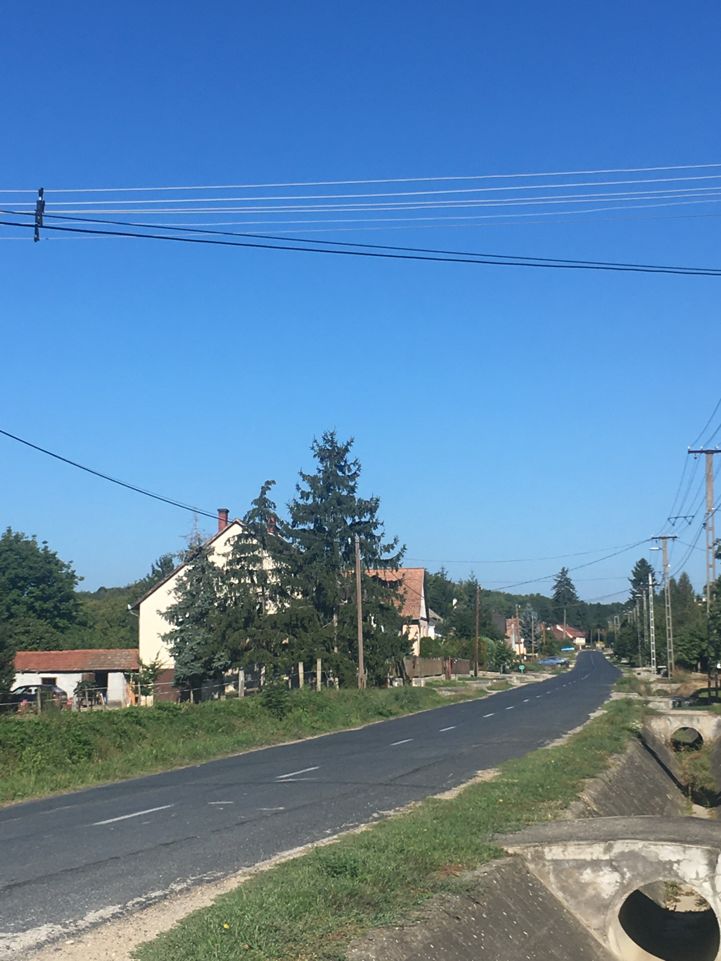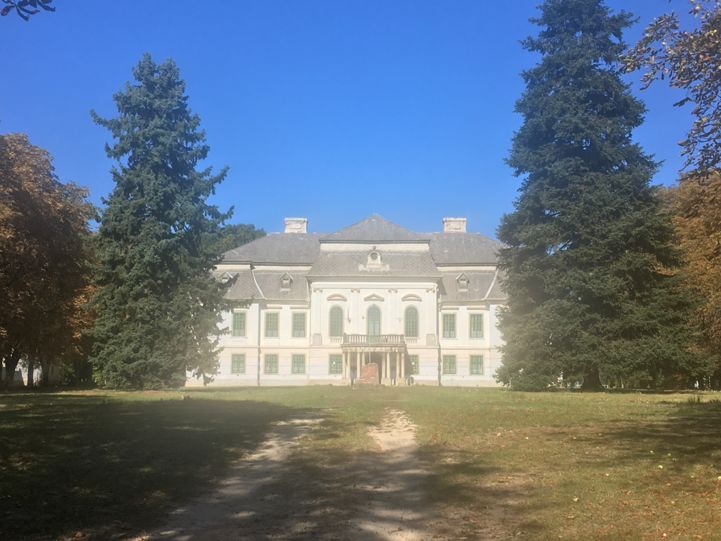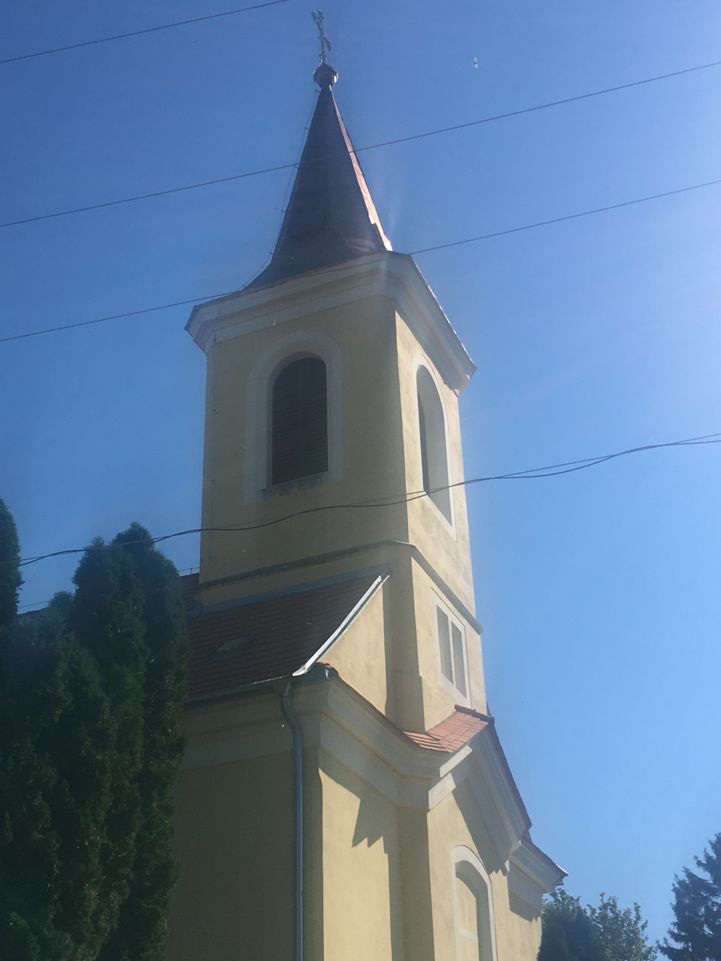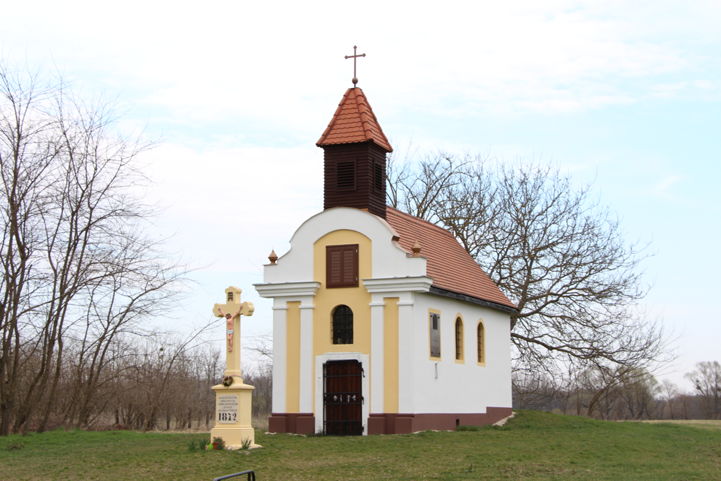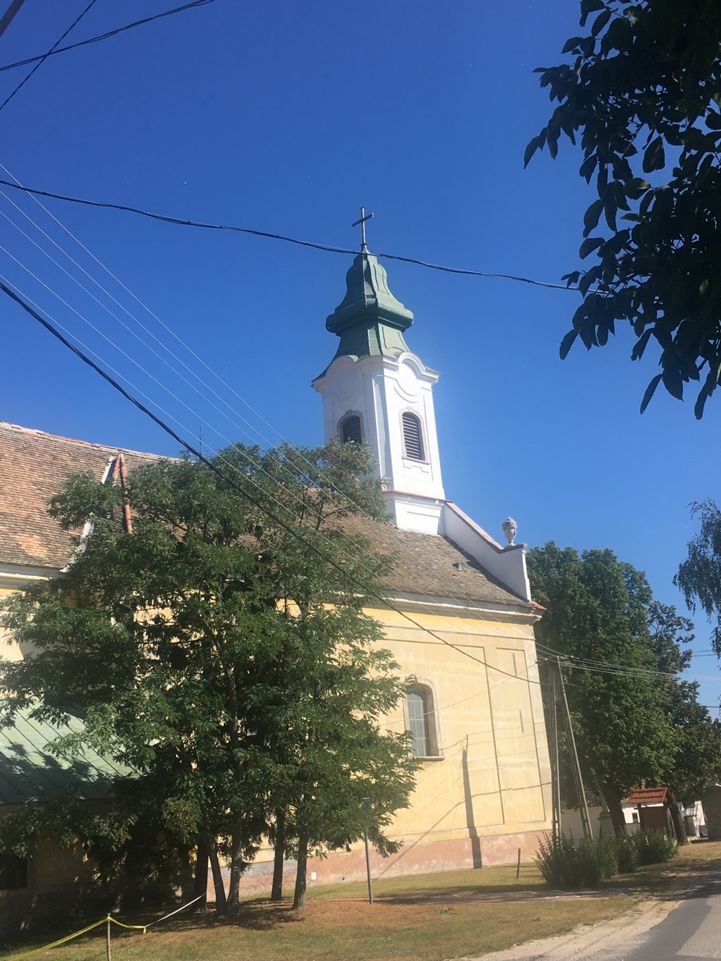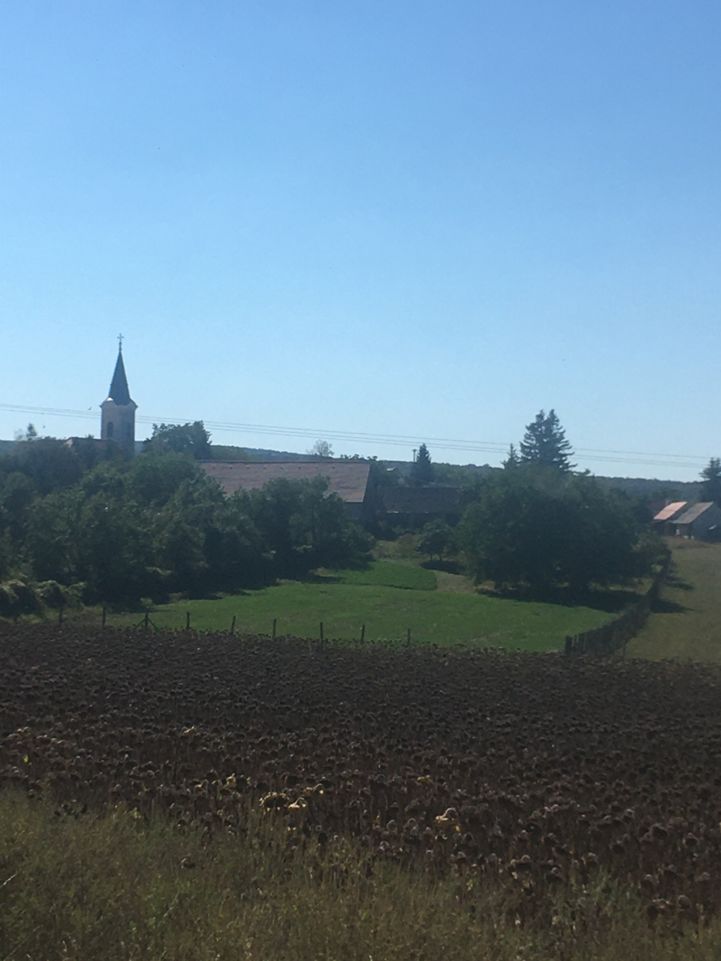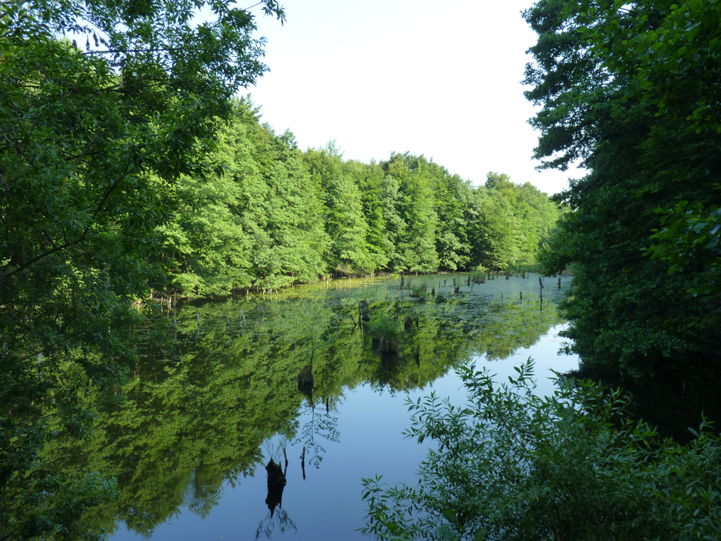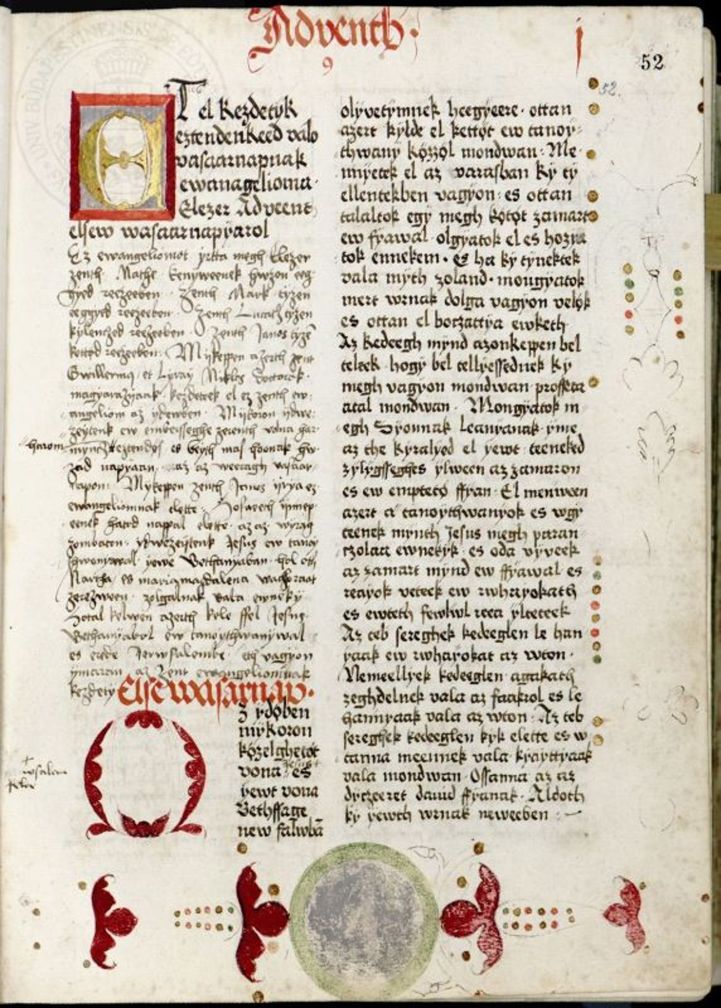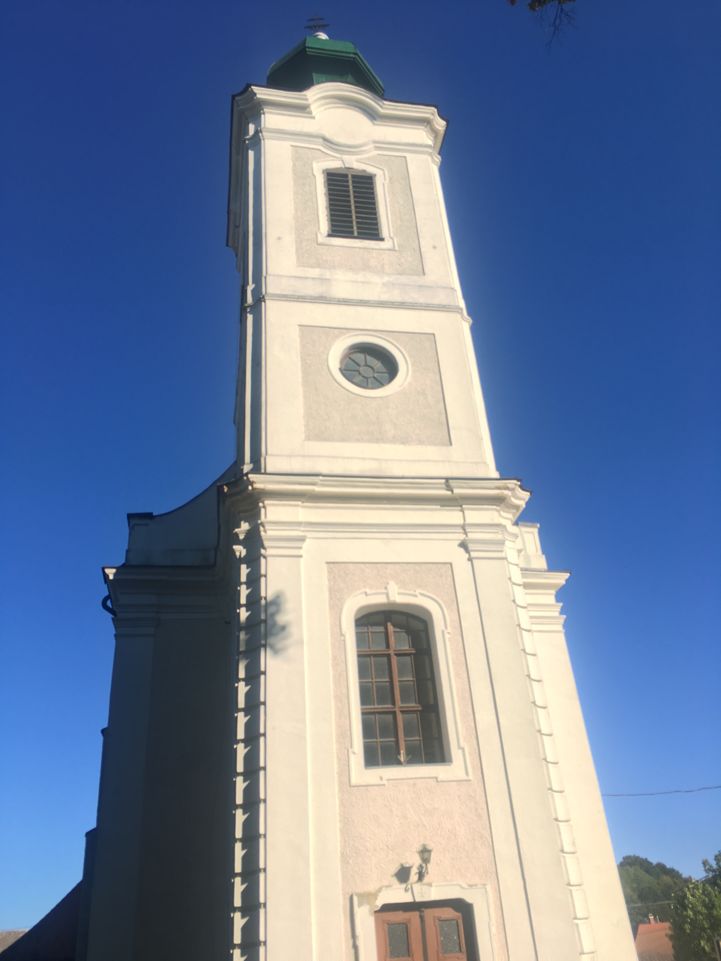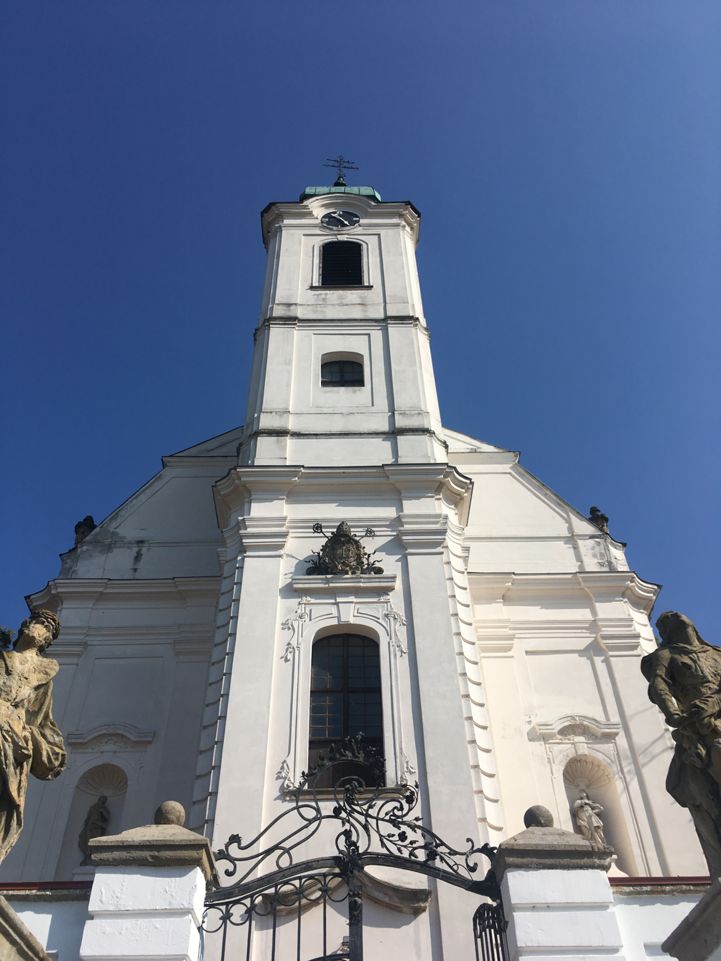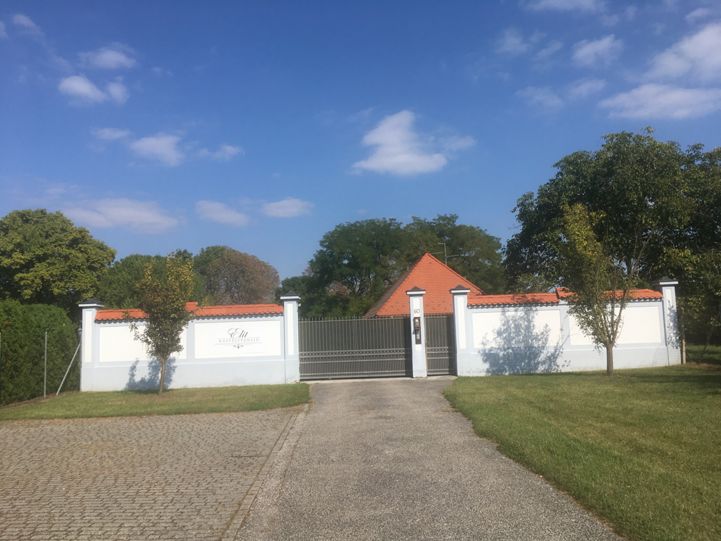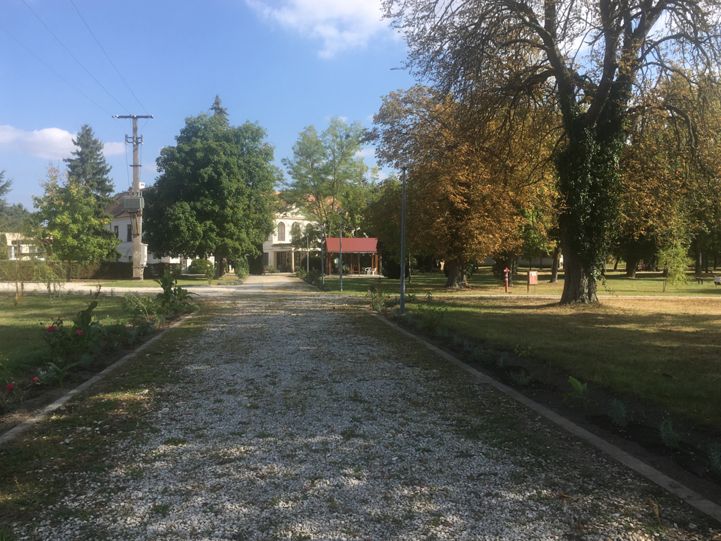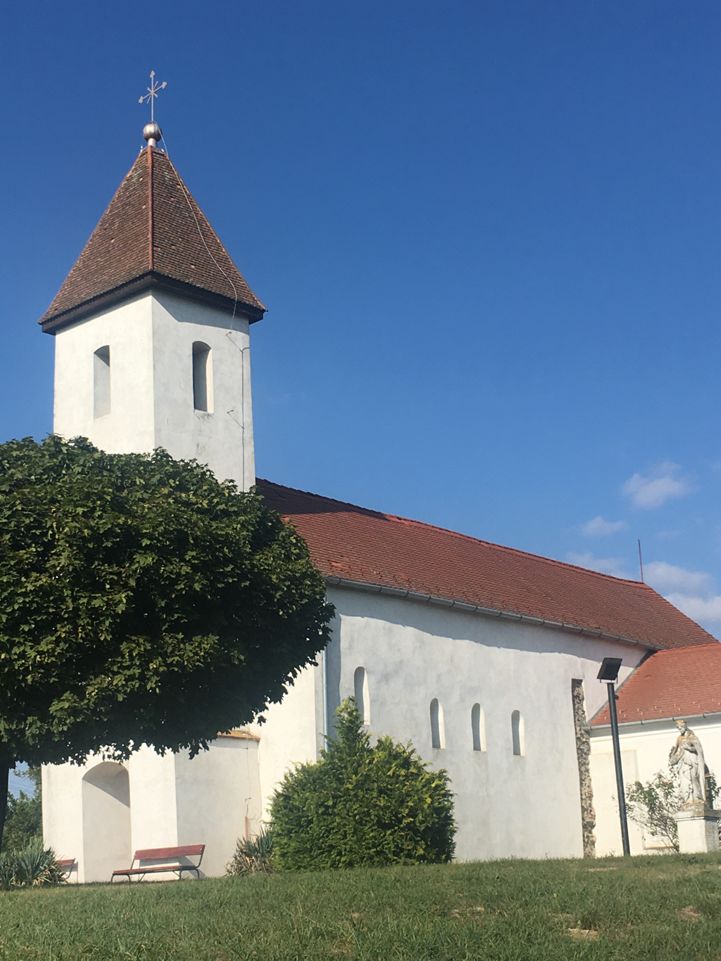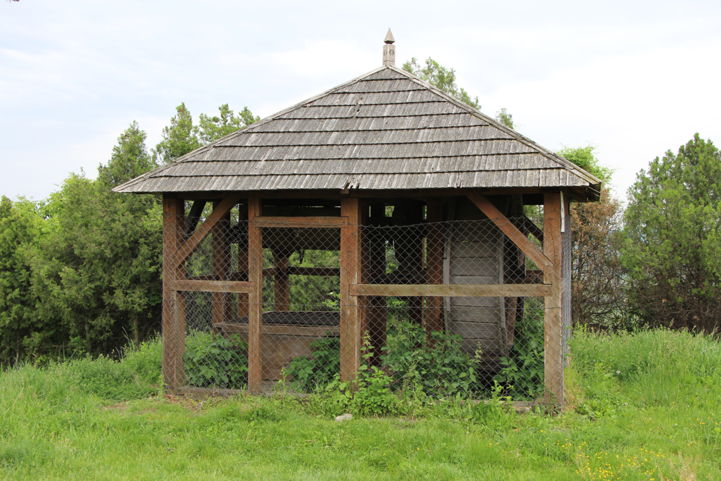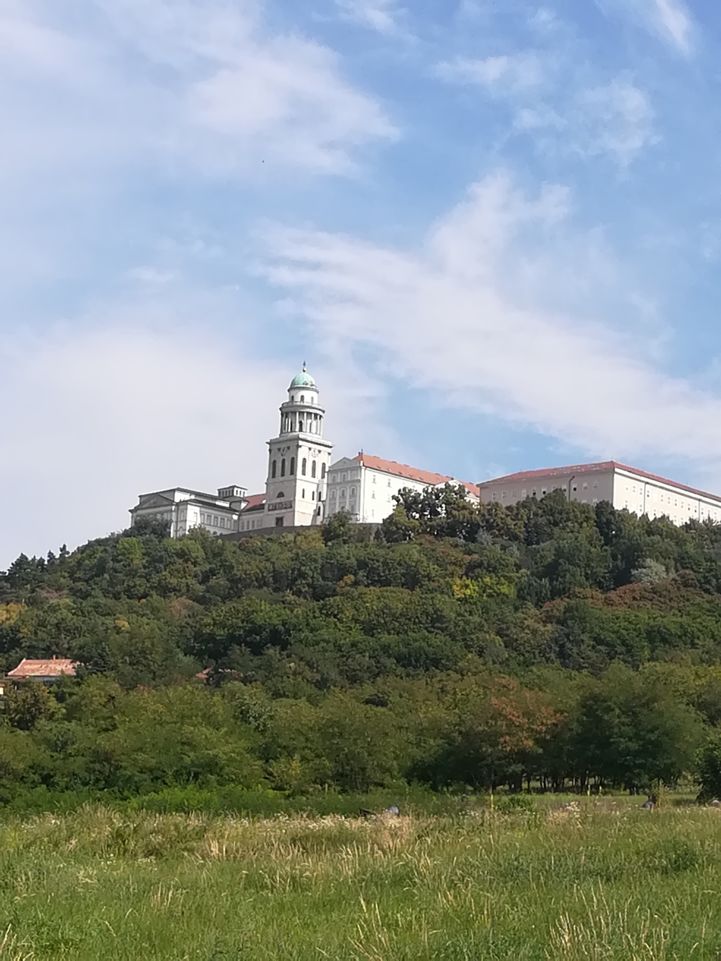
The Benedictine Archabbey of Pannonhalma
Pannonhalma, a town of 3600 inhabitants, was built at the foot of the Benedictine Archabbey. Its roots can be traced back to Roman times. In the 9th century, the conquering Hungarians found Avar, Slavic and Bavarian settlements in the area, which were familiar with Christianity. By the 10th century, the mansion of Hungarian princes stood on the hillside. The Benedictine Archabbey of Pannonhalma was founded in 996 and has been a monastery of St Benedict ever since. The abbey is one of Hungary's outstanding historical sites and a centre of ecclesiastical and artistic history. Today, it is home to a permanent community of about 40 monks who welcome retreatants, run a residential high school, and carry out cultural work: they run a world-famous library, archives, museum and publishing house, and organise concerts. They also work on the financial basis of the abbey's operations, including winemaking, brewing, a herb garden and hospitality. The spectacular complex of buildings of the Archabbey is built on the Szent Márton Hill, almost 300 metres high. The Romanesque altar church and the Gothic basilica have been supplemented over the centuries with Baroque and Neoclassical elements. These define the present-day appearance of the Archabbey. The whole complex is crowned by one of the most famous works of Hungarian Classicism, the 55-metre-high tower. The 19th-century library hall has a collection of 400,000 books, containing a number of rare books. From the very beginning, the Benedictine Archabbey of Pannonhalma has carried out pastoral work, reporting directly to the Pope. The Abbot, or Archabbot, of Pannonhalma has therefore been responsible for filling the pastoral posts on the Abbey's estates with parish priests for over 1000 years. This situation has changed since 1950. The life of the Benedictine community is defined by the triad of prayer, work and spiritual reading. The celebration of the liturgy plays an important role: the monks' day is marked by the liturgy of the prayer hours and the liturgy of the Eucharist. Reading the Scriptures and individual prayer also play an important role in the life of the monks. The secular activities of the abbey also follow the traditional Benedictine tradition. Herbs from the farm are used to produce essential oils, herbal teas and liqueurs, and grapes are used to make wine suitable for masses. The catering of travellers and pilgrims has evolved into today's catering, which is now mainly based on serving tourism. In addition to accommodation, visitors can find a restaurant, a cellar, a brewery, a café and shops selling local products. The best-known medicinal plant in Pannonhalma is lavender, which is grown on a 5.5 hectare plantation. The harvested plant is used to produce lavender oil and lavender water in the abbey's own essential oil distillery, where essential oil is also produced from medicinal plants from other Benedictine monasteries or producers through contract distillation. In addition to lavender, many other herbs and medicinal plants are grown. These are used to make various tea blends. In addition, they are used to make herbal liqueurs based on fruit brandy according to a traditional recipe. The plant waste left over after processing is burned in a modern biomass heating plant, which is also used to meet most of the abbey's district heating needs. The site is open for guided tours or by appointment. Besides essential oil production, Hungary's first Museum of Fragrance opened in Pannonhalma in 2021. Here, you can learn about the botanical and cultivation properties and uses of the five main plants (French lavender, medical sage, lemongrass, thyme, peppermint) grown in the Herb Garden in an interactive way. The exhibition presents seven fragrances (such as frankincense, musk and rose) that have been used for thousands of years in different parts of the world. The renovation of the buildings of the Herb Garden allows visitors to learn in depth about the cultivation of the plants, from the technology used to grow them, through the distillation of the essential oils, to the production of the finished products. In addition to the Herb Garden, the Abbey Winery is also popular. The Roman vine and wine culture, which had flourished centuries earlier, was revived in the Transdanubian region by the Benedictine monks who settled there. The abbey had its own winery until the nationalisation of it after 1945. This tradition was revived after the change of regime in 1989, when a 2000 m² cellar and a wine house were built and the winery was reopened in the autumn of 2003. The grapes are grown in their own vineyards. To do this, they bought back part of the vineyards formerly belonging to the Abbey and planted new vineyards. The Pannonhalma wine region is part of the North Transdanubian wine region, where white grapes are traditionally planted. Alongside the winery, beer lovers are also catered for: the Benedictine monks in Hungary were already brewing beer in the 11th century, and the oldest written records of brewing in Pannonhalma date back to the 1200s. However, it was not until 1701 that the first brewery was opened, when the Archabbot of Pannonhalma signed a contract with the German Thomas Menner to run it. It was only in 2016, two centuries after the dissolution of the monastic orders, that the idea of relaunching the brewery was raised. In 2020, after several years of construction and a study trip to Westvleteren Abbey, the abbey's brewery opened nearby in Ravazd. The brewmaster is former Pannonhalma student Fülöp Tihanyi. The brewery produces 4 types of Belgian-style beer: Blonde, Dubbel, Tripel and Quadrupel. If you get hungry, the recently opened Viator Abbey Restaurant is located on Kosaras Hill, next to the entrance building. The restaurant was founded as a gastronomic symbol of the Benedictine monastic community of Pannonhalma: it is both traditional and modern. The restaurant is dedicated to wine. Since the summer of 2014, the restaurant has also been operating the Pausa Abbey Café. If you want to relax after your gastronomic experiences, you can also visit the Boldog Mór Lookout and the surrounding forest and canopy trail, which is located within the protected natural area of the Pannonhalmi Landscape Protection Area. The supporting structure of the construction, which depicts a fish as a Christian symbol, is made of metal and has a wooden covering. The canopy walkway also functions as a lookout point. The tail of the fish is the access road from the current nature trail and the exit leads back to this trail. It is nearly 80 metres long, with its highest point 14 metres above ground level, and is wheelchair accessible.

